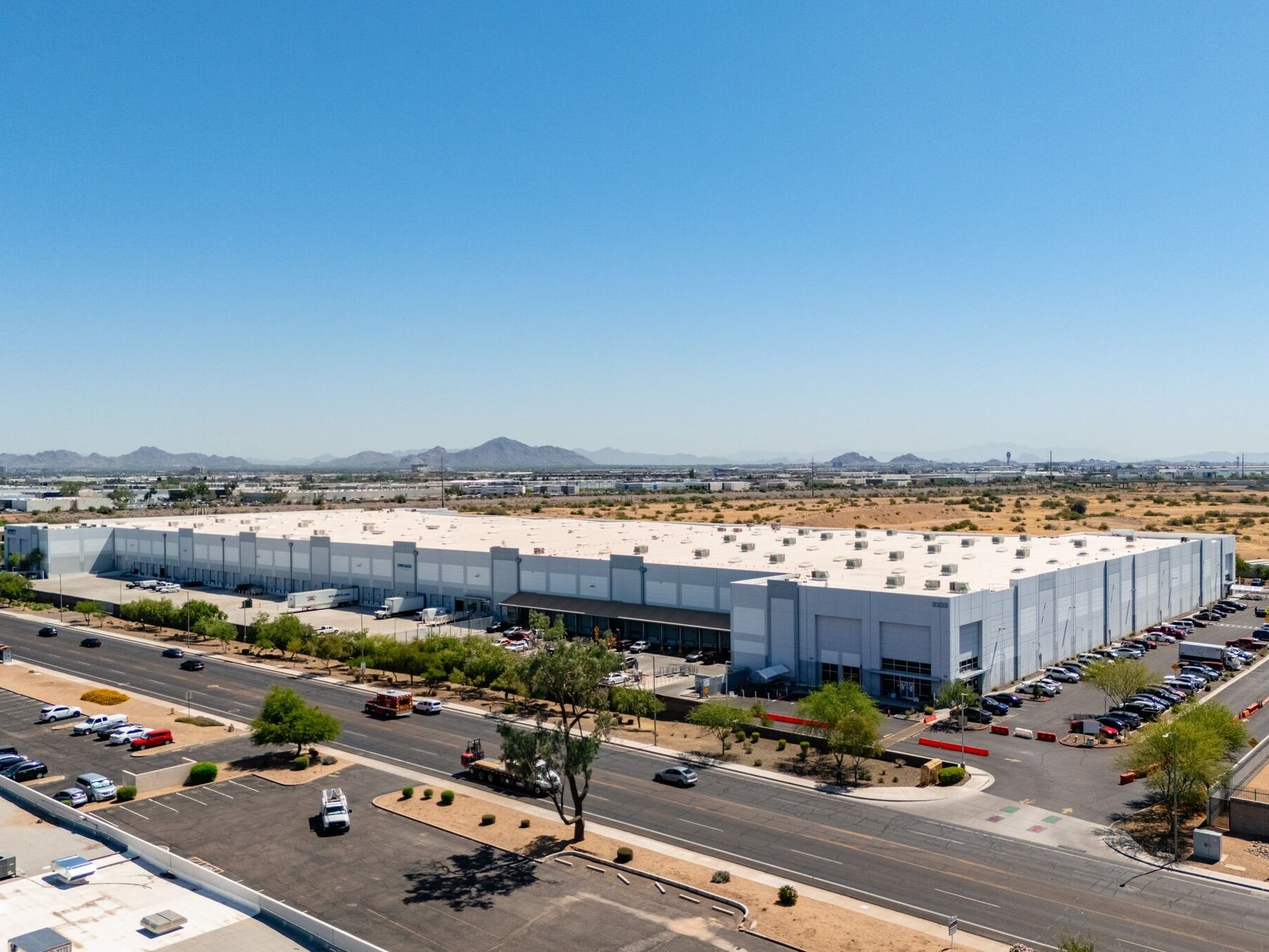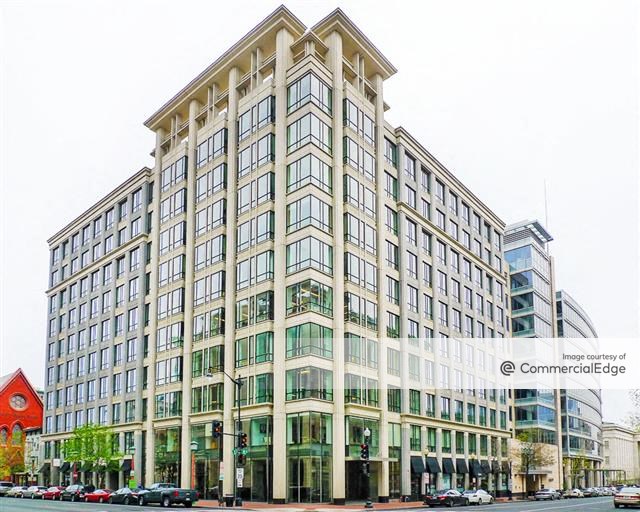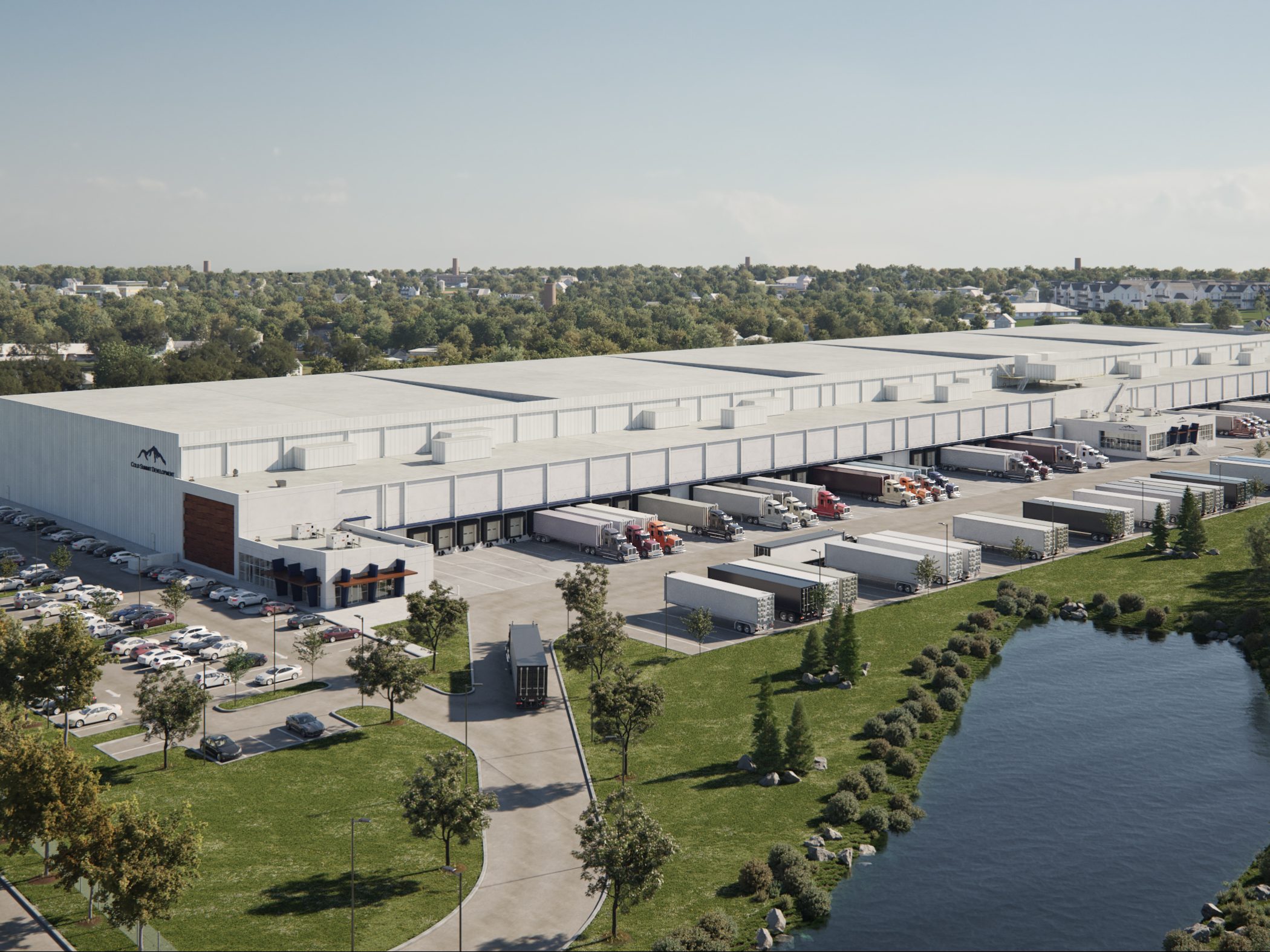New NAIOP Report Tallies CRE’s Contribution to US Economy
NAIOP’s annual deep dive into the commercial real estate’s impact on jobs, GDP, construction and more.
The latest report from the NAIOP Research Foundation on the contributions of commercial real estate development, construction and operations is an in-depth look at just how much money those factors pump into the U.S. economy. Quick preview: It’s a lot.
READ ALSO: Key Predictions for the Office Sector in 2020
This annual study, The Economic Impacts of Commercial Real Estate, 2020 U.S. Edition, measures the contribution to U.S. GDP, salaries and wages generated, and jobs supported by CRE. In broad strokes, those figures for 2019 were $1.14 trillion, $396.4 billion and 9.2 million (both new and existing jobs), respectively.
These amounts cover both the hard and soft costs of building construction and development, such as pre-construction, site development, construction proper and tenant improvements, though financing fees, taxes and insurance are not included. The full range of expenditures includes architecture and engineering services, legal services, marketing and management, grading and paving, landscaping, site engineering, and interior design and construction.
Construction spending was up 2.4 percent in 2018 and comprised 18.5 percent of total GDP. Though it rose only 1.1 percent in 2019, commercial construction nonetheless comprised 18.1 percent of total GDP through the third quarter.
Contributions to the U.S. economy of building operations after development were based on 49.6 billion square feet of space as of the third quarter of 2019. Estimated direct expenditures for building operations were $173 billion, contributing an estimated $464.0 billion to the U.S. economy and supporting $151.7 billion in wages and salaries to 4.45 million jobs (including the multiplier effect). These analyses do not include residential or hospitality properties, nor government buildings.
Overall, according to the report, CRE construction has expanded every year since 2011 and has increased by a cumulative 61.9 percent from October 2011 and October 2019.
Warehouses up, retail down
Two CRE product types stand out from the report. The total value of nonresidential building construction fell 1.5 percent in 2019 (October 2018 to October 2019), its first decline since 2011. Large gains in transportation (structures), public safety, educational and office buildings were more than undone by a 16.3 percent decrease in retail construction. Retail construction expenditures in 2019 totaled only $14.4 billion, a 15.1 percent drop from the prior year—and the fourth consecutive annual decline.
On the other hand, warehouse construction expenditures rose 12.6 percent in 2019, versus 2018, while outlays for construction of manufacturing space declined by 31.7 percent this past year, partly reflecting the tariffs that have disrupted the manufacturing sector.








You must be logged in to post a comment.